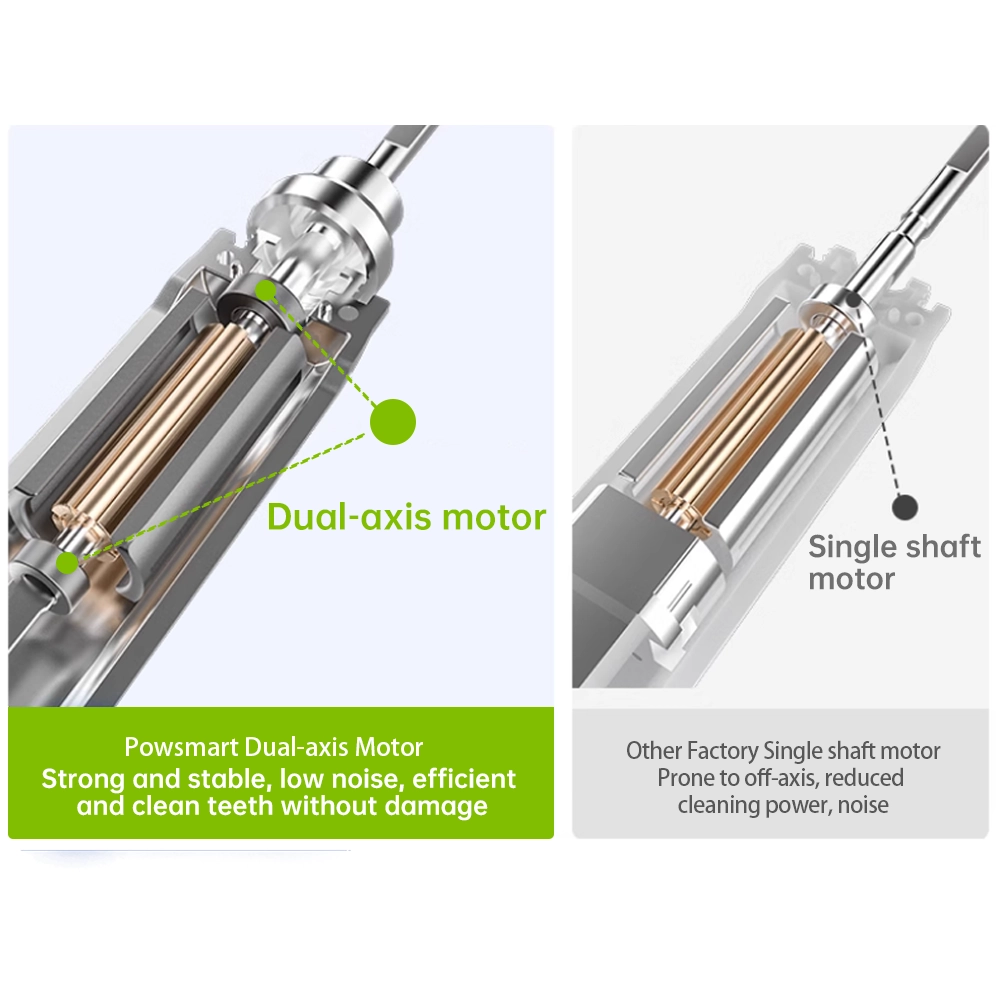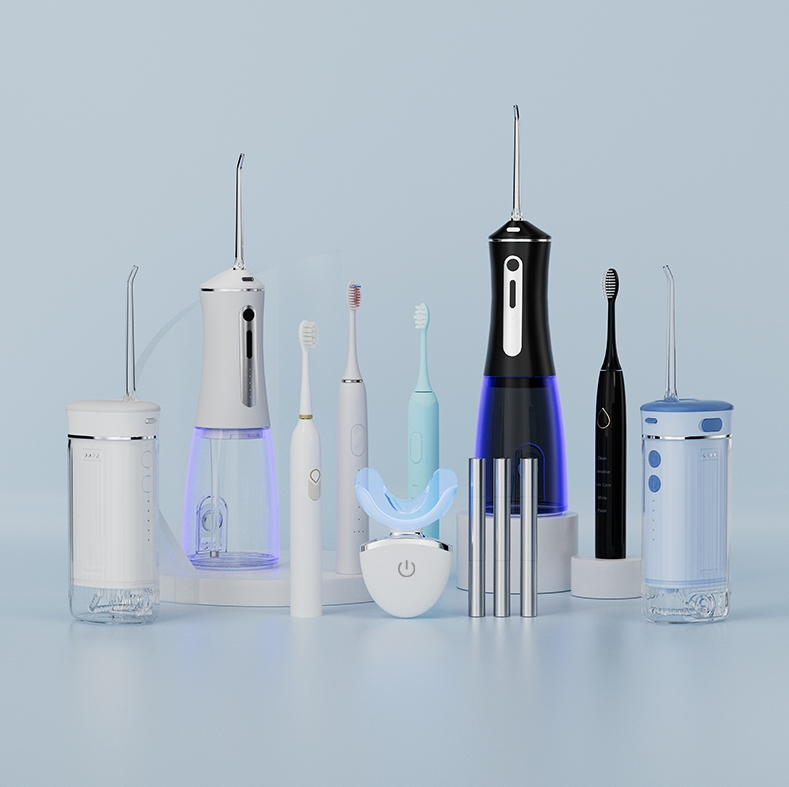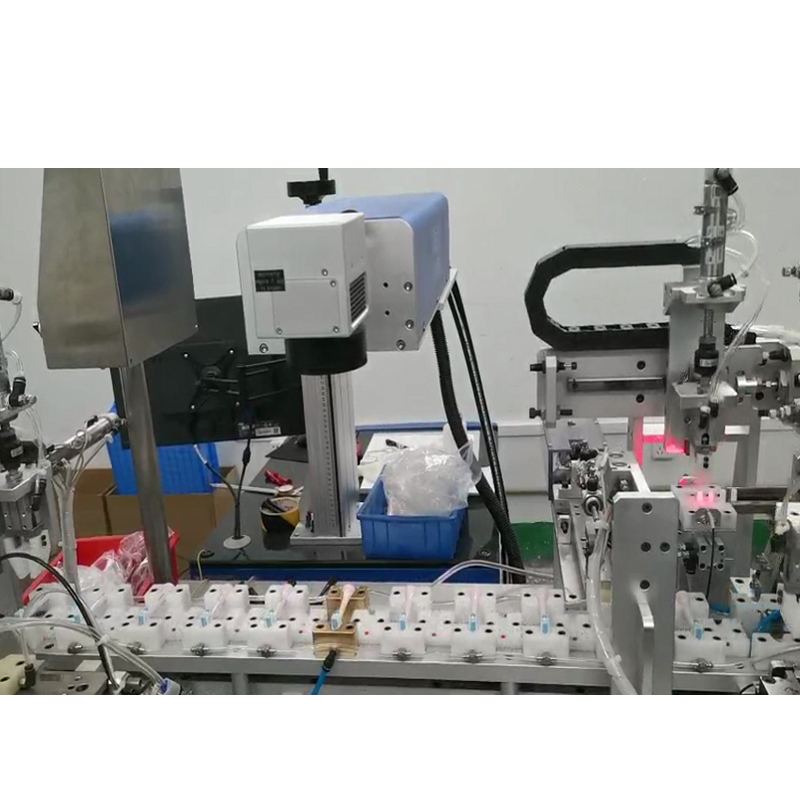Seeing blood when you brush can be alarming, but understanding the causes and solutions for bleeding gum can help you take control of your oral health. Whether you’re a dental professional advising patients or an individual seeking solutions, this guide covers everything you need to know about this common issue.
Bleeding gums are often the first sign of gum disease (gingivitis or periodontitis), but other factors include:
When you notice bleeding:

Your toothbrush choice makes a big difference:
Angle bristles at 45 degrees toward the gumline
For persistent bleeding:
Build these habits to keep gums healthy:
Consult a dentist promptly if:
While occasional mild gum bleeding can occur, consistent bleeding often indicates gum disease that needs attention. By combining proper home care (including the right tools like an electric toothbrush), professional treatment when needed, and simple first aid (use a gauze or apply ice for immediate relief), you can maintain healthy gums and prevent more serious complications.
For dental professionals looking for effective tools to recommend to patients dealing with gum sensitivity, our range of gum-care products includes specially designed toothbrushes and therapeutic solutions to promote gum health. https://www.powsmart.com/


Best Dentist-Recommended Braces Cleaning Products for Braces Wearers
Handle Grip Design Affecting Mucosal Irritation?
Food-Grade Materials Solve Gum Irritation?
How to Choose Good Bristles When Selecting an Electric Toothbrush?
.jpg)
How Can a Travel-Friendly Water Flosser Open Up the Young Market Through Portable Size + IP Collaboration?
Is Battery Swelling Causing Pressure Loss?
How to Prevent Water Discoloration and Microbial Growth?
Why Is Enamel Vulnerability Linked to Staining Residuals?

Market Analysis of Red and Blue Light Teeth Whitening Devices: How to Find a Teeth Whitening Device Breakthrough in Differentiated Technology?
.jpg)
Is a Holi toothbrush pack the right festive answer for Family care toothbrush needs?
Why Are Battery Recycling Challenges Ignored Despite Gum Massage Inconsistency?
.jpg)
Why Boston clinic recommended brushes help Boston sensitive gums

Is a Compact Electric Toothbrush Ideal for Boston Dorms?

Electric Toothbrush Production Process Diagram: Complete Process from Injection Molding to Assembly and Key Points of Quality Inspection

How Can Oral Care Product Brands Improve Customer Trust Through Content Marketing?
Crown Compatibility with Pressure Sensors Tech?

Electric toothbrush heads Charcoal Infused-Diamond

electric toothbrush heads Deep Clean
.jpg)
Florida Electric Toothbrush – Powsmart PTR-C8

electric toothbrush heads Regular Clean

Customization Teeth Whitening Gel

Private Label Whitening Gel

electric toothbrush heads Charcoal Infuse-Round

electric toothbrush heads Ultra Soft
whstapp
whstapp
National Toll-Free Service Hotline
+86 755 86238638